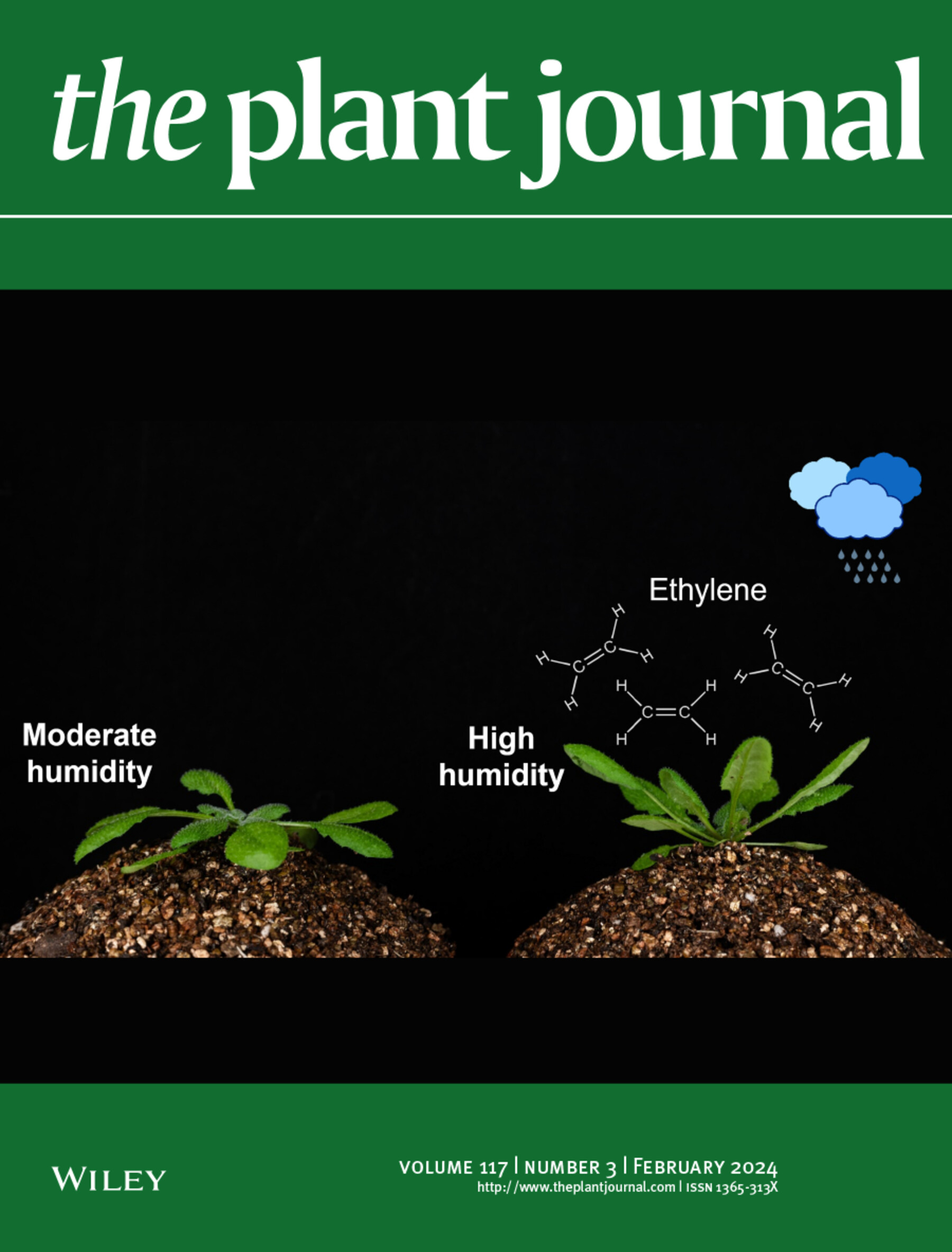Capsid protein of turnip crinkle virus suppresses antiviral RNA decay by degrading Arabidopsis Dcp1 via ubiquitination pathway
Abstract
RNA decay is a pervasive process in eukaryotic cells. Viruses utilize the host cell's intracellular machinery to gain access to essential molecules and subcellular structures required for infection during the pathogenesis process. The study demonstrates that turnip crinkle virus (TCV) infection enhances the expression of Arabidopsis Dcp1 (AtDcp1), which negatively regulates the accumulation of TCV RNA, indicating its involvement in antiviral defense. Nevertheless, TCV circumvents the antiviral defense based on RNA decay, as indicated by the capsid protein (CP) of TCV stabilizing the known nonsense-mediated RNA decay-targeted transcripts. In vivo, CP physically interacts with AtDcp1, promoting AtDcp1 degradation via ubiquitination pathway. This is evidenced by the observation that the degradation is inhibited by 26S proteasome inhibitors. Furthermore, CP elevates the polyubiquitination of Dcp1-Flag. These data indicate that CP suppresses RNA decay by interacting with AtDcp1 and mediating its degradation through the 26S proteasome pathway, effectively suppressing antiviral RNA decay. This study uncovers a previously unidentified virulence strategy in the ongoing conflict between plants and TCV.


 求助内容:
求助内容: 应助结果提醒方式:
应助结果提醒方式:


